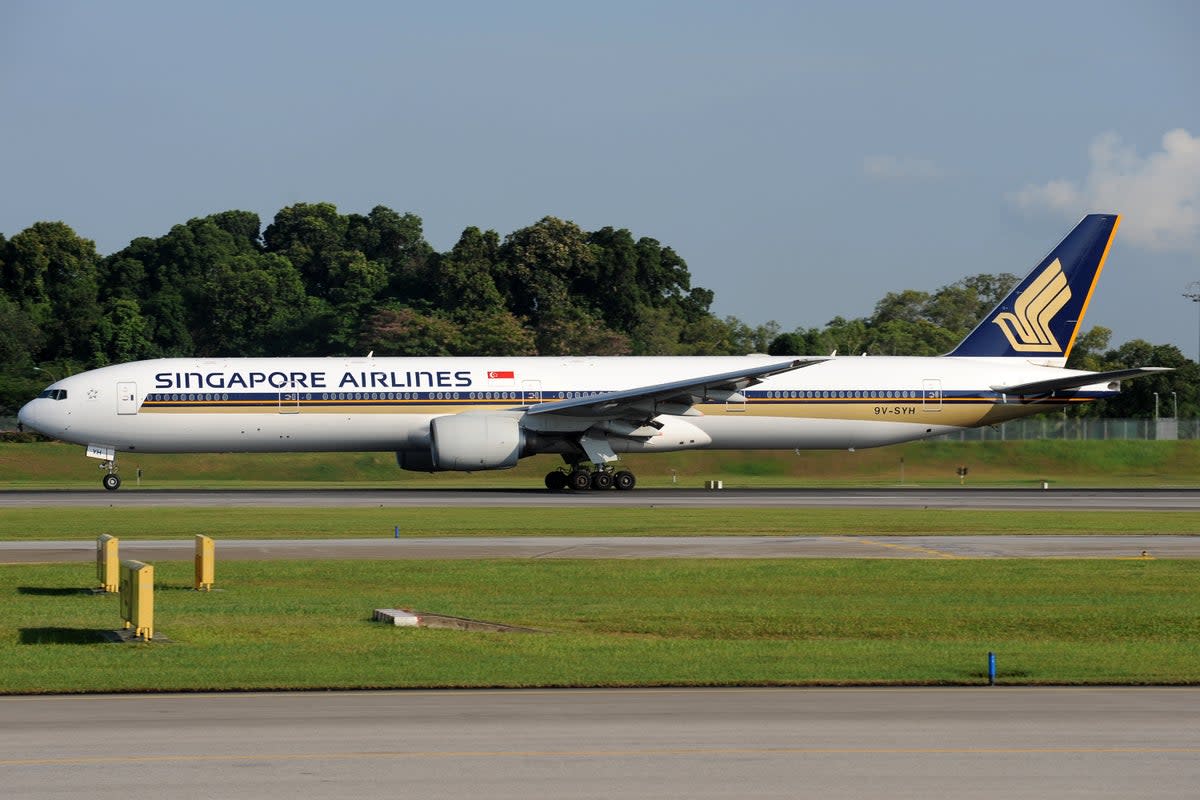Extreme turbulence is rare – but the best precaution is extremely simple

Beneath the desk on which I am writing this column is a grey plastic box with the dimensions of a jerry can, as well as a convenient handle. It is, the label informs me in English, a Simplicity Descending Life Line.
I am on the second storey of the excellent Dae Young Hotel, a 10-minute walk from the main railway station in Seoul, South Korea.
Upon checking the window frame, I see there is a sturdy “supporter ring” embedded on the left-hand side. In the event of a fire, the instructions show in pictures that I should hook the Life Line onto this ring, strap the other end – a large belt – around my chest, hurl the reel of rope out of the window and clamber out after it, hanging on to the rope as I abseil down the wall of the hotel.
Frankly, without a comprehensive training programme I think such an attempted escape is likely to cause more damage than taking my chances on the stairs – which have fire extinguishers on every landing, I note.
The most valuable precaution in any hotel is to scope out the fastest escape route.
While I am not sure that the Descending Life Line lives up to its Simplicity branding, I am a huge advocate of reducing risk to travellers, whether in hotels or on board aircraft.
Tragically, on a Singapore Airlines flight from London Heathrow this week, one man died after the Boeing 777 encountered severe turbulence over Myanmar; Geoff Kitchen, a 73-year-old from Somerset, suffered a heart attack.
Dozens more were badly hurt, some with very serious spinal and brain injuries. They were the passengers and crew who were in harm’s way when the aircraft suddenly dropped. While it must have felt as though they were propelled upwards and hit the ceiling, in fact they remained where they were while the cabin floor fell away and the ceiling descended to strike them.
Such an incident is unprecedented in this century. Even in the most severe turbulence, fatalities are extremely rare; the most recent incident I can find was in December 1997 aboard a United Airlines flight from Tokyo to Honolulu, in which one person died and 102 were injured.
But, says Iata, the International Air Transport Association, “Turbulence is increasing.” The airlines’ alliance says: “Each year, a significant number of people are injured by turbulence while not wearing seatbelts.
“Cabin attendants are particularly at risk.”
This last point is crucial: first, because everyone deserves a safe workplace; second, because cabin crew are safety-critical and need to be at the top of their game on landing in case an emergency evacuation is required. If they are badly injured, they cannot carry out this task.
Each airline has its own policy about meal service while the seat belt signs are on. In my experience, most serve meals but not hot drinks during mild turbulence.
That was the prevailing policy on Singapore Airlines. But after the tragic incident aboard SQ321, the airline has now decided that any significant turbulence, causing the pilots to switch on the fasten seatbelt sign, will mean the meal service is suspended with the trolleys locked away. This has two benefits: it reduces the risk of industrial injuries to cabin crew and cuts the number of items which could potentially go flying around the cabin.
Passengers, meanwhile, have their safety in their hands: keep that seatbelt fastened, tightly, all the time you are sitting down. You would not, after all, travel by car without being strapped in. While aviation is many times safer than going by road, you are much more likely to be hurt by being hurled around during turbulence than to be involved in a plane crash.
I have experienced two episodes of violent turbulence: one, coincidentally, on Singapore Airlines flying from Heathrow to Singapore over Ukraine (this was a while ago); the other on Austrian Airlines over Croatia during a Vienna-Cairo flight. No one was hurt in either but the feeling of being shaken violently was profoundly uncomfortable. I likened it to being on a theme park ride that you can’t leave.
Ever since, I have kept my belt securely fastened except when stretching my legs or using the washroom. When the going gets bumpy, it is reassuring: given that modern aircraft cannot be brought down by turbulence, when you feel anchored to the seat you feel much safer.
And unlike that Simplicity Descending Life Line, you need not be a skilled acrobat to avail of this safety measure. Just cautious.


